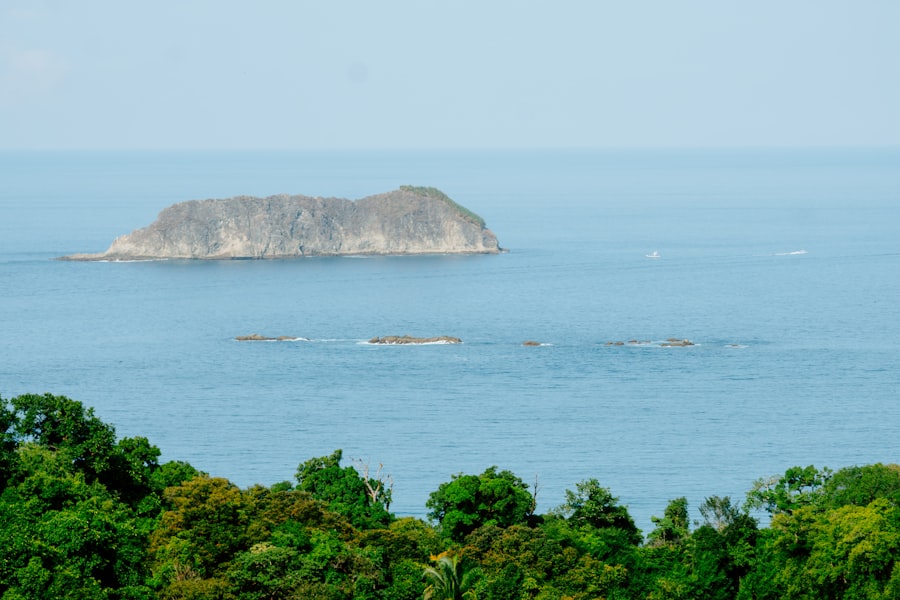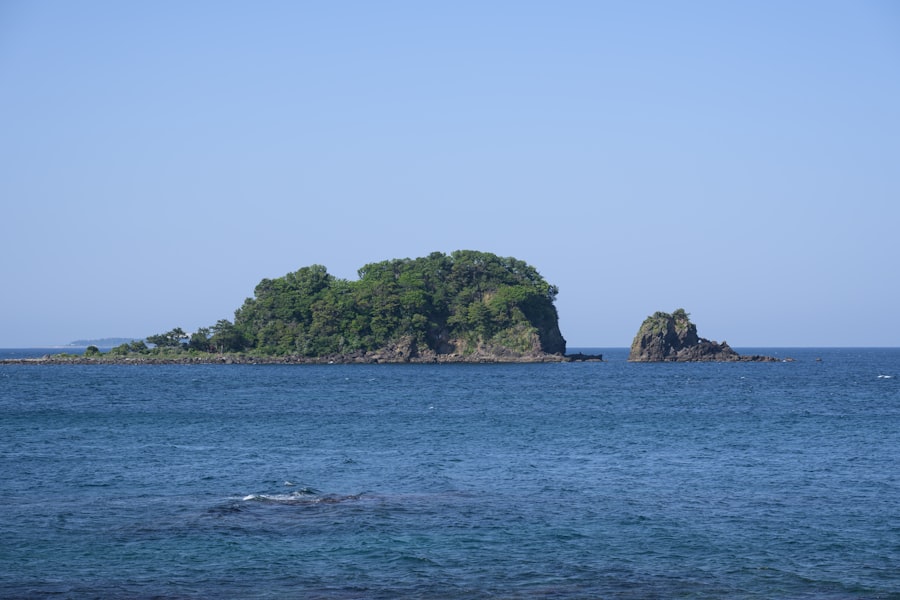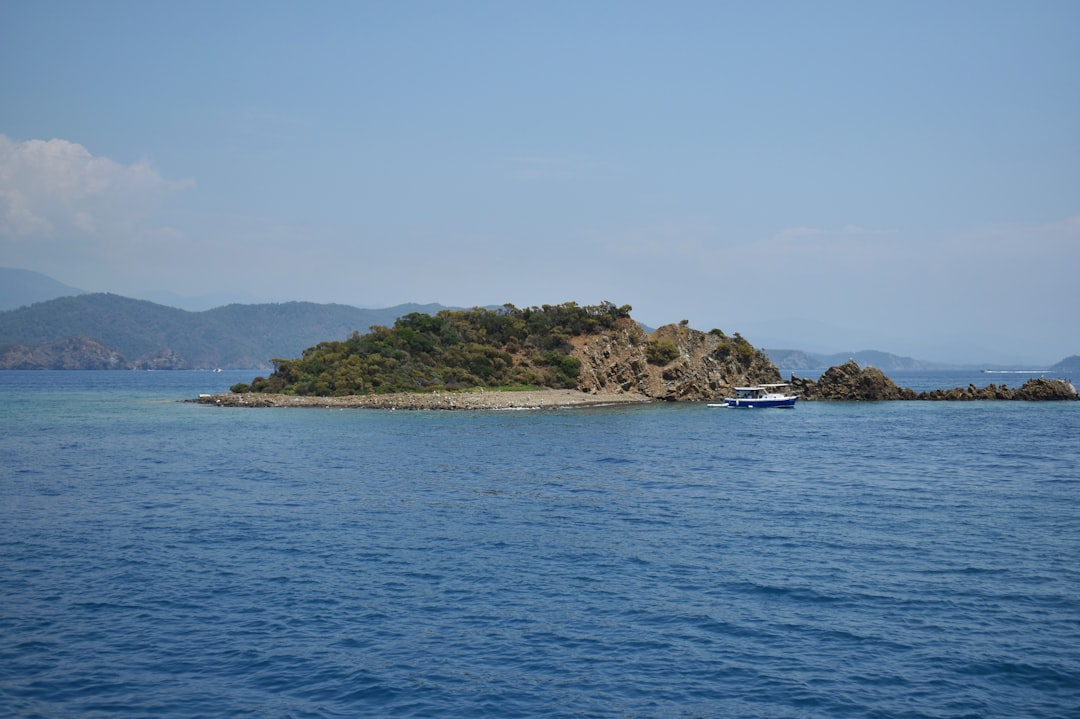The Drake Passage, a body of water that separates South America from Antarctica, is renowned for its tumultuous seas and unpredictable weather. Stretching approximately 600 kilometers (370 miles) between Cape Horn and the Antarctic Peninsula, this passage is often regarded as one of the most challenging maritime routes in the world. Its waters are characterized by strong currents, high winds, and waves that can reach staggering heights, making navigation a daunting task for even the most experienced sailors.
The Drake Passage serves as a critical gateway for vessels traveling to and from Antarctica, drawing adventurers, researchers, and tourists alike who seek to explore the icy wilderness of the southern continent. Nestled within this formidable expanse of ocean lies Elephant Island, a remote and rugged landmass that has captured the imagination of explorers and historians. This island, part of the South Shetland Islands archipelago, is known for its dramatic cliffs, glacial landscapes, and rich history.
It is perhaps most famous for its association with Sir Ernest Shackleton’s ill-fated Antarctic expedition in 1914. The island’s name is derived from the elephant seals that once populated its shores, and today it stands as a testament to human endurance and the relentless power of nature. Together, the Drake Passage and Elephant Island form a unique ecosystem that is both perilous and breathtaking, offering a glimpse into the raw beauty of the polar regions.
Key Takeaways
- The Drake Passage is a treacherous stretch of water between South America and Antarctica, known for its rough seas and challenging sailing conditions.
- Elephant Island holds historical significance as the site where Ernest Shackleton’s crew sought refuge after their ship, Endurance, was crushed by ice in 1915.
- The wildlife in the Drake Passage and Elephant Island includes penguins, seals, and various seabird species, making it a haven for nature enthusiasts and researchers.
- The mysterious disappearance of Shackleton’s Endurance has captivated explorers and historians for decades, adding to the allure of the region.
- Conservation efforts are crucial for preserving the delicate ecosystems of the Drake Passage and Elephant Island, as climate change continues to impact the region.
The Perils of the Drake Passage
Navigating the Drake Passage is not for the faint of heart. The waters are notorious for their treacherous conditions, which can change rapidly and without warning. Sailors often encounter fierce storms that whip up towering waves, creating a chaotic seascape that can challenge even the most seasoned mariners.
The confluence of the Atlantic and Pacific Oceans in this narrow strait generates powerful currents that can reach speeds of up to 10 knots, further complicating navigation. As a result, many vessels have met their fate in these turbulent waters, earning the Drake Passage its reputation as a graveyard for ships. The dangers of the Drake Passage extend beyond just rough seas.
The region is also home to icebergs and floating sea ice, remnants of glaciers that calve from the Antarctic continent. These icy obstacles pose significant risks to vessels traversing the passage, as they can be difficult to spot until it is too late. Additionally, the unpredictable weather patterns can lead to sudden fog or blizzards, reducing visibility and making navigation even more perilous.
For those who dare to cross this formidable stretch of ocean, preparation and respect for the elements are paramount.
Historical Significance of Elephant Island

Elephant Island holds a prominent place in the annals of exploration history, primarily due to its association with Sir Ernest Shackleton’s legendary Antarctic expedition. In 1914, Shackleton set out with a crew of 27 men aboard the Endurance, aiming to cross Antarctica from coast to coast via the South Pole. However, their journey took a disastrous turn when their ship became trapped in pack ice in the Weddell Sea.
After months of being held captive by the ice, the crew was forced to make a harrowing escape in lifeboats, ultimately landing on Elephant Island in April 1916. The island served as a temporary refuge for Shackleton and his men during their desperate struggle for survival. With limited supplies and no means of communication with the outside world, Shackleton made the courageous decision to embark on a perilous journey to seek help.
He and a small group of crew members set sail in one of the lifeboats, navigating back through the treacherous waters of the Drake Passage to reach South Georgia Island. Their remarkable story of resilience and leadership has become legendary, symbolizing the indomitable human spirit in the face of adversity.
Wildlife in the Drake Passage and Elephant Island
| Wildlife | Drake Passage | Elephant Island |
|---|---|---|
| Penguins | Various species including Adelie, Chinstrap, and Gentoo | Chinstrap penguins |
| Seals | Leopard seals, Weddell seals | Elephant seals |
| Whales | Humpback whales, Minke whales, Orcas | Occasional sightings of humpback and killer whales |
| Sea Birds | Albatross, Petrels, Shearwaters | Various species including Antarctic terns and kelp gulls |
The Drake Passage and Elephant Island are not only significant for their historical context but also for their rich biodiversity. The waters of the passage are teeming with marine life, including various species of whales, seals, and seabirds. Humpback whales, orcas, and minke whales are commonly spotted in these waters during their migratory journeys.
The nutrient-rich currents support an abundance of krill, which serves as a vital food source for many marine species. This thriving ecosystem attracts wildlife enthusiasts and researchers eager to observe these magnificent creatures in their natural habitat. On Elephant Island itself, visitors can encounter a variety of wildlife that thrives in its harsh environment.
The island is home to large colonies of chinstrap penguins and gentoo penguins, which nest on its rocky shores. Elephant seals can also be found lounging on the beaches, while seabirds such as albatrosses and petrels soar overhead. The stark contrast between the rugged landscape and vibrant wildlife creates a captivating scene that draws nature lovers from around the globe.
The unique ecological dynamics of this region highlight the importance of preserving these habitats for future generations.
The Mysterious Disappearance of Shackleton’s Endurance
The saga of Shackleton’s Endurance is shrouded in mystery and intrigue, particularly regarding its disappearance beneath the icy waters of the Weddell Sea. After becoming trapped in pack ice in January 1915, the ship was eventually crushed by the relentless pressure of the ice floes in November of that year. The crew managed to escape with their lives but left behind their vessel, which was lost to history for over a century.
The search for the Endurance became an obsession for many explorers and historians who sought to uncover its final resting place. In March 2022, after years of searching, an expedition team finally located the wreckage of the Endurance at a depth of approximately 3,000 meters (9,800 feet) in the Weddell Sea. Remarkably well-preserved due to the cold temperatures and lack of wood-eating microorganisms in these depths, the ship’s remains provided valuable insights into early 20th-century maritime technology and exploration.
The discovery not only reignited interest in Shackleton’s expedition but also served as a poignant reminder of human resilience against nature’s formidable forces.
Exploring the Geology of Elephant Island

Elephant Island’s geology is as fascinating as its history and wildlife. Formed primarily from volcanic rock, this island showcases dramatic cliffs and rugged terrain shaped by centuries of glacial activity. The landscape is characterized by steep slopes that rise sharply from the surrounding sea, creating an imposing backdrop against which explorers have battled against nature’s elements.
Glaciers continue to carve out valleys and fjords on the island’s surface, leaving behind unique geological formations that tell a story of Earth’s dynamic processes. The geological features of Elephant Island also provide valuable insights into past climate conditions and tectonic activity in the region. Researchers study rock samples and sediment layers to understand how these factors have influenced both local ecosystems and global climate patterns over millennia.
The Impact of Climate Change on the Drake Passage and Elephant Island
Climate change poses significant challenges to both the Drake Passage and Elephant Island, affecting their ecosystems and weather patterns.
These changes can disrupt marine life by affecting food availability for species such as krill, which are crucial to the entire Antarctic food web.
Additionally, shifting weather patterns have made conditions in the Drake Passage even more unpredictable than before. Increased storm frequency and intensity can pose greater risks for vessels navigating these waters while also impacting wildlife populations that rely on stable environmental conditions for breeding and feeding. As scientists continue to monitor these changes, it becomes increasingly clear that urgent action is needed to mitigate climate change’s effects on this fragile ecosystem.
Tales of Survival and Heroism on Elephant Island
The stories emerging from Elephant Island are filled with themes of survival and heroism that resonate deeply with those who hear them. Shackleton’s expedition is perhaps one of the most remarkable tales of human endurance against overwhelming odds. Stranded on this desolate island with limited resources, Shackleton’s leadership inspired his crew to maintain hope despite their dire circumstances.
They faced extreme cold, hunger, and isolation but managed to survive through teamwork and ingenuity. One particularly poignant story involves one crew member who volunteered to stay behind on Elephant Island while Shackleton sought help. This act of bravery exemplified not only personal sacrifice but also unwavering loyalty among men who had forged strong bonds during their harrowing journey.
Such tales continue to inspire generations, reminding us that even in our darkest moments, courage and camaraderie can light the way forward.
Scientific Research in the Drake Passage and Elephant Island
The Drake Passage and Elephant Island have become focal points for scientific research aimed at understanding polar ecosystems and climate change impacts. Researchers from around the world conduct studies on marine biology, glaciology, and oceanography in this unique environment. By examining everything from krill populations to glacial melt rates, scientists gather crucial data that informs our understanding of global climate systems.
Moreover, ongoing research efforts aim to monitor wildlife populations in this region as they adapt to changing environmental conditions. By tracking species movements and breeding patterns over time, scientists can assess how climate change affects biodiversity in these fragile ecosystems. The findings from such research not only contribute to academic knowledge but also play a vital role in shaping conservation policies aimed at protecting these irreplaceable habitats.
The Importance of Conservation in the Drake Passage and Elephant Island
Conservation efforts are essential for safeguarding both the Drake Passage and Elephant Island from human impact and climate change threats. As tourism increases in popularity within this remote region, it becomes crucial to implement sustainable practices that minimize ecological footprints while allowing visitors to experience its natural beauty responsibly. Organizations dedicated to conservation work tirelessly to raise awareness about protecting marine life habitats and preserving delicate ecosystems.
Additionally, international agreements such as the Antarctic Treaty System play a vital role in regulating human activities within this region. These agreements aim to ensure that scientific research remains a priority while minimizing environmental degradation caused by tourism or resource extraction activities. By fostering collaboration among nations committed to preserving Antarctica’s unique ecosystems, conservation efforts can help secure a sustainable future for generations to come.
Planning Your Own Expedition to the Drake Passage and Elephant Island
For those inspired by tales of adventure or seeking an unforgettable experience amidst breathtaking landscapes, planning an expedition to the Drake Passage and Elephant Island can be an exhilarating endeavor. Various tour operators offer guided trips that provide opportunities for exploration while ensuring safety measures are prioritized throughout each journey. Travelers should consider factors such as timing—typically during summer months when weather conditions are more favorable—and choose reputable operators with experience navigating these challenging waters.
Additionally, participants should prepare physically for potential rough seas while packing appropriate gear suited for cold temperatures. Ultimately, embarking on an expedition through this remarkable region offers not only stunning vistas but also a chance to connect with nature’s raw beauty while honoring its rich history—a journey that promises lasting memories long after returning home.
In the vast expanse of the Southern Ocean, the Drake Passage serves as a formidable gateway to the icy realms of Antarctica, with Elephant Island standing as a stark reminder of the region’s rugged beauty and historical significance. This remote island, part of the South Shetland Islands, is famously known for its role in the harrowing survival story of Ernest Shackleton’s Endurance expedition. For those interested in exploring more about the geographical and historical significance of such remote locations, a related article can be found on MyGeoQuest. This article delves into the unique challenges and wonders of navigating these treacherous waters and the islands that dot them. You can read more about it by visiting this page.
WATCH NOW! Drake Passage: Earth’s Deadliest Waters Revealed
FAQs
What is the Drake Passage?
The Drake Passage is the body of water between the southern tip of South America and the northern tip of the Antarctic Peninsula. It is known for its rough seas and challenging sailing conditions.
What is Elephant Island?
Elephant Island is an ice-covered, mountainous island off the coast of Antarctica. It is most famous for being the desolate refuge of Sir Ernest Shackleton and his men during their ill-fated Antarctic expedition in 1916.
What is the significance of the Drake Passage and Elephant Island?
The Drake Passage is a crucial route for ships traveling between the Atlantic and Pacific Oceans, and it is also a key location for scientific research due to its unique oceanographic and climatic conditions. Elephant Island is historically significant for its association with the Shackleton expedition and is a popular destination for tourists and researchers interested in polar exploration.
What wildlife can be found in the Drake Passage and Elephant Island?
The waters of the Drake Passage are home to a variety of marine life, including whales, seals, and seabirds. Elephant Island is known for its colonies of penguins and other seabirds, as well as occasional visits from seals and whales.
What are the challenges of traveling through the Drake Passage to reach Elephant Island?
The Drake Passage is notorious for its rough seas and unpredictable weather, making it a challenging and potentially dangerous route for ships. Travelers to Elephant Island must be prepared for the harsh Antarctic conditions, including extreme cold, strong winds, and icy terrain.
